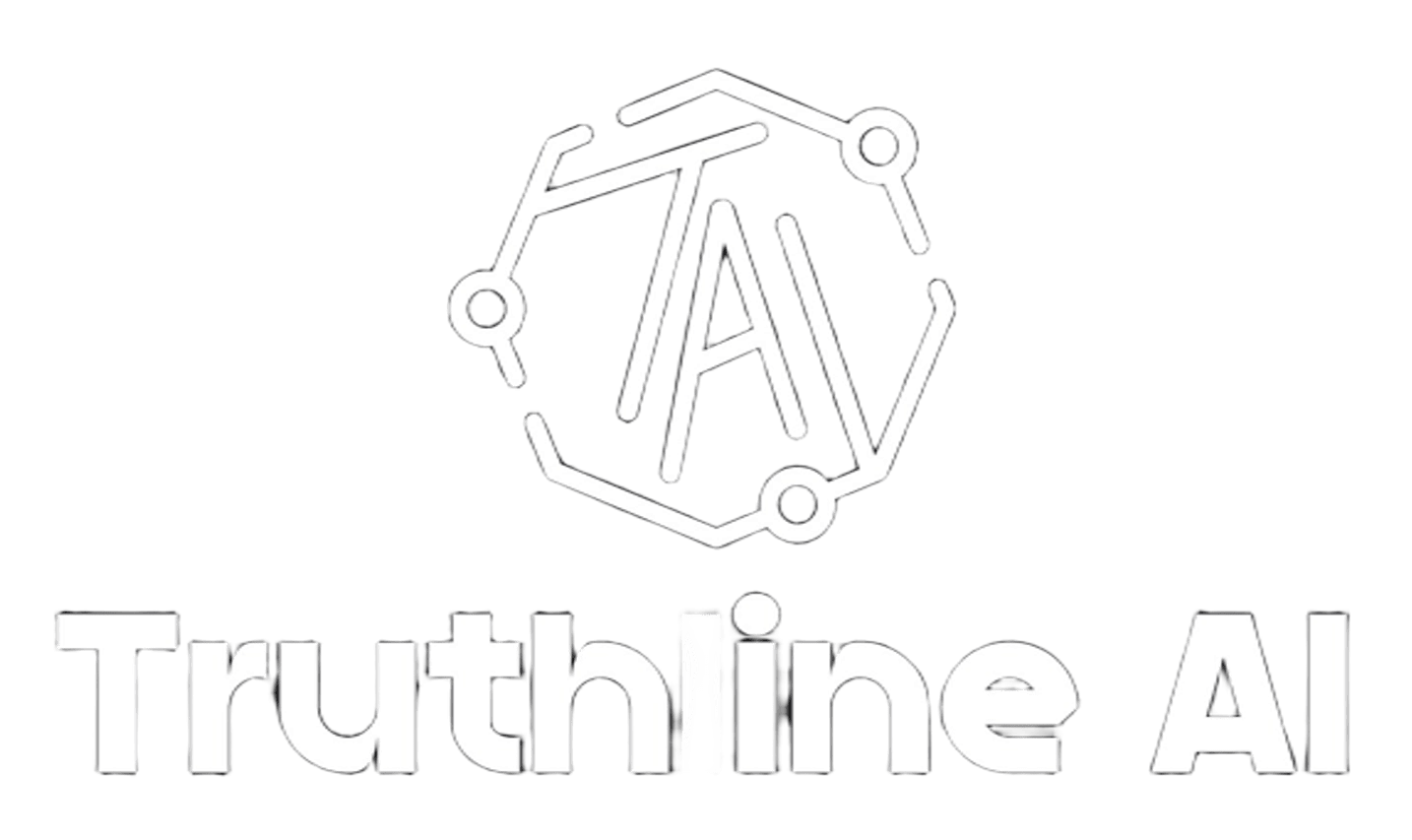Analysis of The Business Daily Newspaper
Tone
The tone of The Business Daily on July 30, 2025, is predominantly analytical and cautionary, blending concern with measured optimism. While reporting on economic challenges like debt strain and cyber threats, it adopts a pragmatic voice, offering solutions such as tech investments and governance expertise. However, a subtle undertone of urgency emerges in coverage of education disruptions and exploitative carbon deals, signaling societal stakes.
Track
The newspaper tracks a mix of macroeconomic trends, corporate developments, and social issues, reflecting a broad yet interconnected business focus. It highlights both progress (Google’s AI investment, AFD funding) and setbacks (school closures, phishing surges), maintaining a balance between opportunity and risk. The recurring theme of financial volatility from interest rates to debt repayments anchors its narrative on Kenya’s precarious economic landscape.
Framing
Stories are framed through a lens of accountability and adaptation, emphasizing systemic flaws (e.g., KRA’s tax recoveries, Moody’s debt warnings) alongside resilience (Absa’s board appointment, SME funding). Environmental and digital disruptions are portrayed as dual threats requiring policy and private-sector collaboration. The framing often positions Kenya as a dynamic but vulnerable player navigating global and local pressures.
Editorial Agenda
The editorial agenda prioritizes financial stability, technological advancement, and governance reform, evident in its focus on central bank policies, AI investments, and board expertise. Social equity concerns education delays, exploitative carbon markets are woven into business coverage, suggesting a holistic view of economic health. The agenda subtly advocates for regulatory vigilance and innovation to mitigate risks like cybercrime and debt dependency.
Conclusion
The Business Daily presents a nuanced snapshot of Kenya’s economy, balancing critiques of institutional shortcomings with recognition of growth opportunities. Its coverage underscores the interplay between policy, technology, and societal welfare, urging proactive measures to address vulnerabilities. Ultimately, the paper positions itself as a watchdog and catalyst for informed, forward-looking decision-making in business and governance.
